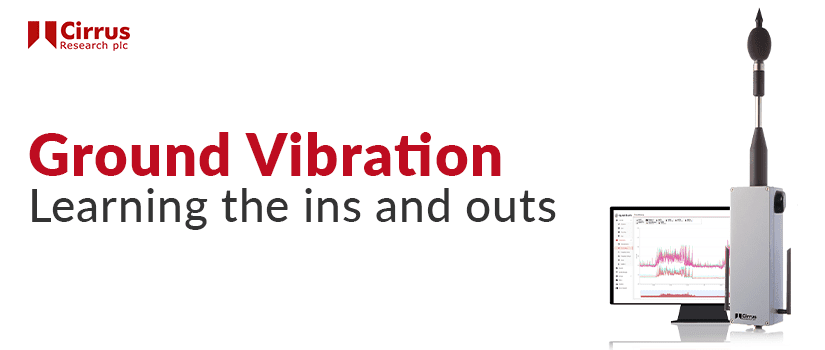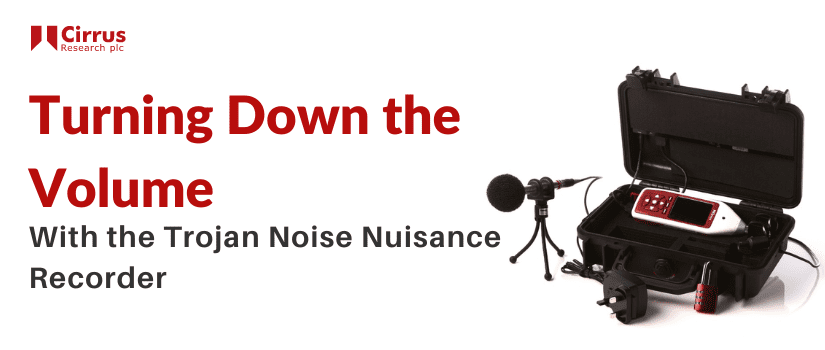All ground vibration is of some concern. Most construction projects centred in urban areas, as well as industries using heavy machinery or those involved in blasting, require monitoring of the ground vibration they cause.
Whether you work in heavy industry, transport and logistics or construction, noise and ground vibration are key environmental factors that you need to monitor and control.
If you work in an industry that creates a lot of ground vibration, it is important that you understand the levels you’re creating and the impact that it may have on nearby residences or businesses regarding nuisance vibration or building damage.
But what is ground vibration monitoring, and how do we do it?
Ground Vibration Monitoring
Ground vibration monitoring is the process of measuring and recording the movements in the ground using a seismograph.
The process is quite simple. Once vibration occurs at a source, it sends a seismic wave which travels through soil and rock particles, making them move back and forth over very small distances (known as particle velocity).
Vibration monitors measure the Peak Particle Velocity (PPV), which is the maximum speed of a particular particle as it oscillates about a point of equilibrium caused by the travelling seismic wave.
Who should use ground vibration monitoring?
Engineers and construction workers should assess their ground vibration to make certain that machinery and construction work does not cross a set threshold. If this threshold is crossed, then the vibration caused by machinery could cause damage to neighbouring buildings and infrastructure.
Similarly, quarry and mine operators must monitor the vibration caused by blasts, compaction methods and heavy machinery/equipment.
How do ground vibration monitors work?
To measure vibrations, ground vibration monitors use a transducer (also known as a geophone). A geophone works using a coil of wire wrapped around a mass, suspended by a spring over a magnet.
As the mass moves, the magnet moves the electronics through the wire coil producing an electrical signal. Seismographs basically record this voltage signal and provide a view of the ground movement.
Measuring noise and ground vibration with Quantum Outdoor
Quantum Outdoor can now be configured using a bolt-on module to measure ground vibration levels in millimetres per second (mm/s).
The highly accurate and sensitive seismograph measures the movement of molecular particles within the ground, providing reliable ground vibration data directly alongside your environmental noise readings.


With instant access to ground vibration data, Quantum Outdoor provides you with greater control and transparency over your environmental impacts, allowing you to respond in real time and make effective decisions when implementing remedial action.
Connected to the cloud via MyCirrus, Quantum Outdoor will send all measurement data directly to the Quantum Portal, where it can be viewed, analysed and reported on from anywhere, on any device at any time.



